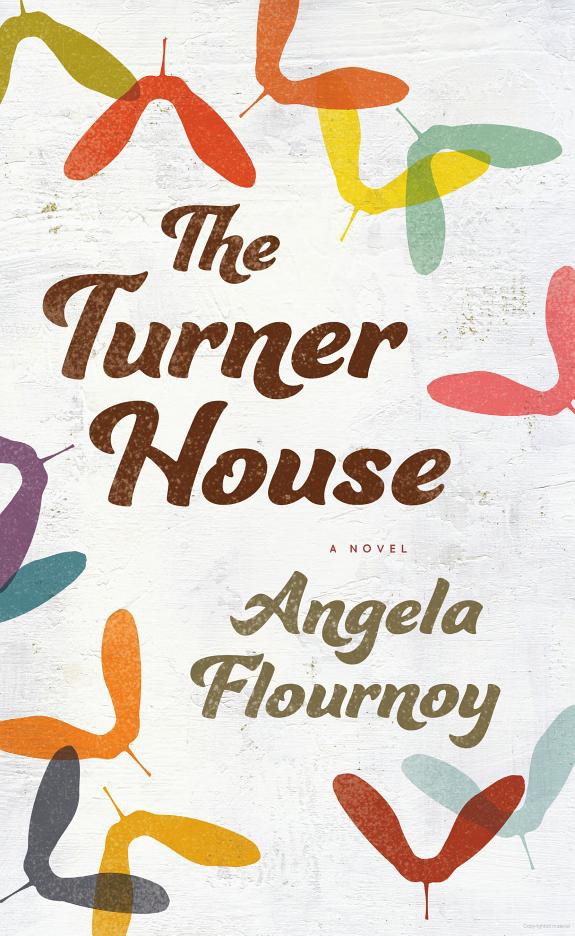
The Turner House
- اطلاعات
- نقد و بررسی
- دیدگاه کاربران
نقد و بررسی

Starred review from January 5, 2015
Flounoy’s debut is a lively, thoroughly engaging family saga with a cast of fully realized characters. Francis and Viola Turner and their 13 children have lived in a house on Detroit’s East Side for more than 50 years. In its prime, Yarrow Street was a comfortable haven for black working-class homeowners. In 2008, after Detroit’s long economic depression, Francis has died and Viola is about to lose the house, the value of which has declined to less than the owed mortgage payments, and the siblings are faced with a difficult decision about the house’s fate. Flournoy focuses on three of the Turner siblings—Cha-Cha, the eldest son, who drove an 18-wheeler carrying Chryslers before an accident took him off the road; Troy, the youngest son, a policeman with an ambitious, illegal plan; and Lelah, the unstable youngest daughter, who has a gambling addiction. In addition to the pressing financial issue regarding their family home, the plot touches on the moral, emotional, marital, and psychological problems that affect the siblings. Flournoy evokes the intricacies of domestic situations and sibling relationships, depicting how each of the Turners’ lives has been shaped by the social history of their generation. She handles time and place with a veteran’s ease as the narrative swings between decades, at times leaping back to the 1940s. A family secret, which involves a “haint” (or ghost) who became Francis’s nemesis—perhaps real, perhaps just a superstition—appears many years later to haunt Cha-Cha. Readers may be reminded of Ayana Mathis’s The Twelve Tribes of Hattie, but Flournoy puts her own distinctive stamp on this absorbing narrative.

November 15, 2014
Debut novelist Flournoy limns the fate of African Americans who have seen their hard-won success in reaching the middle class in a single generation blown to bits by our continuing economic malaise. Viola and Frances Turner arrived in Detroit in 1944 as part of the Great Migration and bought a house in 1951, raising 13 children there. Now, ailing, widowed Viola must leave the house, which she discovers is worth a tenth of its mortgage. All her children converge, as past, present, and future collide.
Copyright 2014 Library Journal, LLC Used with permission.




دیدگاه کاربران